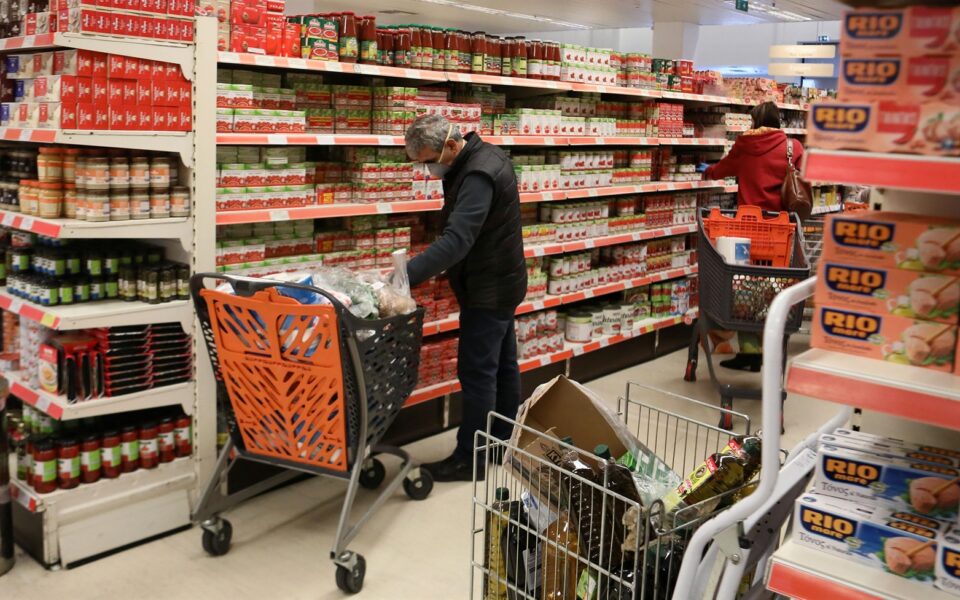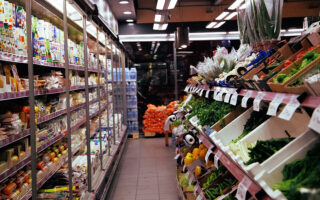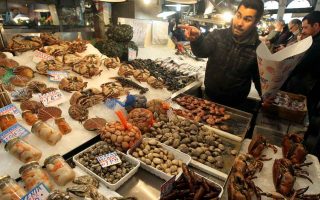Fresh hikes are expected in food prices

Consumers should brace for further price hikes of up to 16% on food and other supermarket purchases in the coming period, as new price lists with price increases continue to arrive at retailers.
The fact that the increases in food prices are not contained, but quite the opposite, was also shown by the data on the evolution of the consumer price index in August. Data show a new price increase in the food category, with the phenomenon also recorded throughout the EU and in the US.
A major disruption in the flow of natural gas from Russia would certainly result in far greater hikes, and perhaps even shortages in the market, since so much of the industry uses natural gas to power factories.
According to supermarket industry officials, the new price lists received from suppliers include the following markups: 16% on fresh juices, 15% on fish, 13% on cheese, 6-12% on biscuits, 12% on stationery, up to 12% on chocolate, 9% on pasta, 8% on yogurt, 6% on cold cuts, 5% on fresh milk, 5% on olive oil, 6% on legumes, and 9% on personal hygiene products.
Last month, according to ELSTAT data, the food and non-alcoholic beverages category recorded an annual price increase of 13.2%, and 1.3% on a monthly basis. In the eurozone, food prices in August increased 10.6% compared to the same month last year, from 9.8% in July. Correspondingly, in the US, despite the decline in the consumer price index in August, food inflation reached 11.4%.
Vegetables, meat and in general food of animal origin, such as dairy and cheese, will be on the frontline of hikes in the coming weeks. With fertilizer prices remaining high and the risk of shortages looming, as production requires the use of natural gas, large crops in Greece and Europe are at risk of extinction.
Cereal production in the EU is expected to decrease this year by 6-8% compared to last year, which means a problem for almost the entire food industry (because of flour products), but also for animal feed, for which cereals are essential.
Corn production – also due to the drought that hit Europe this summer – is expected to be reduced by 20%, durum wheat (used to make pasta) by 7.4% and soft wheat by 2.5%.





